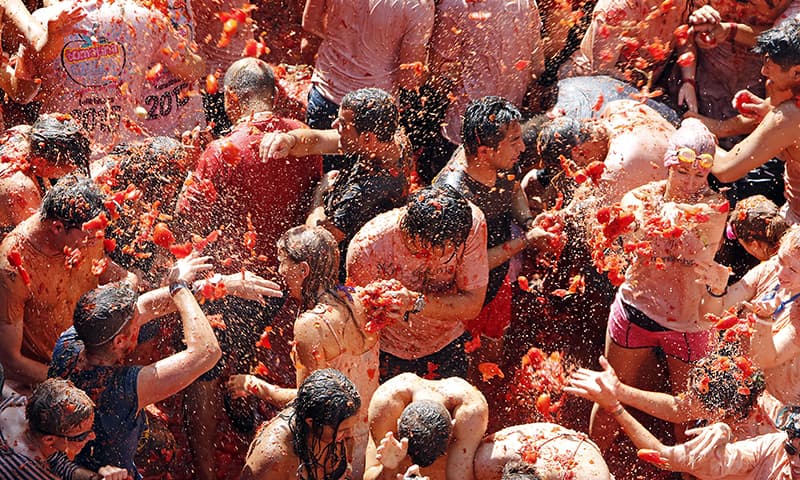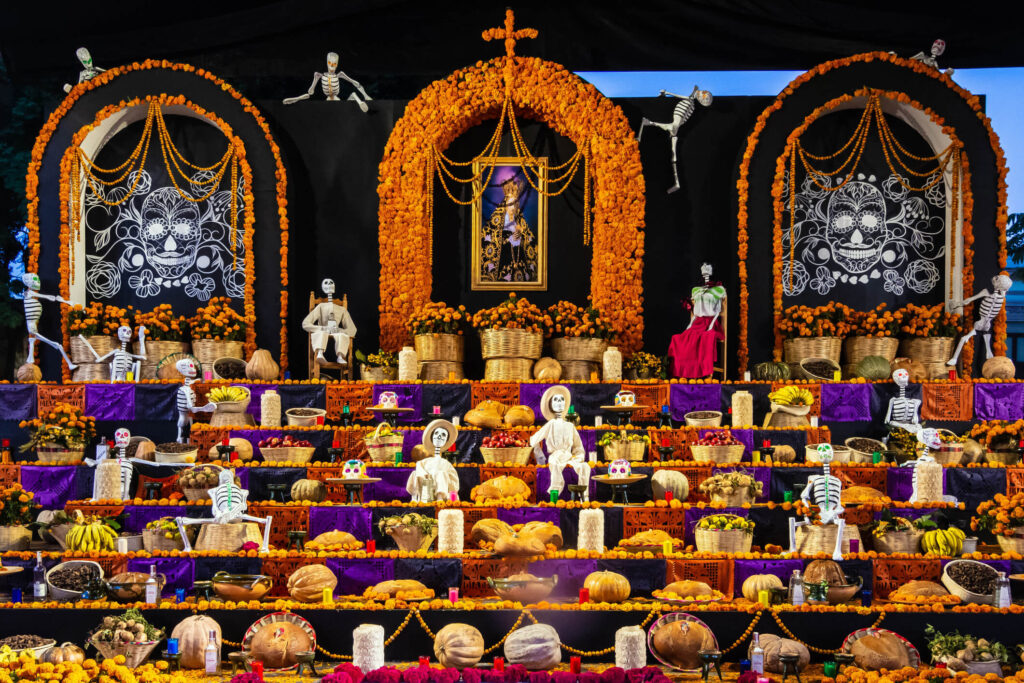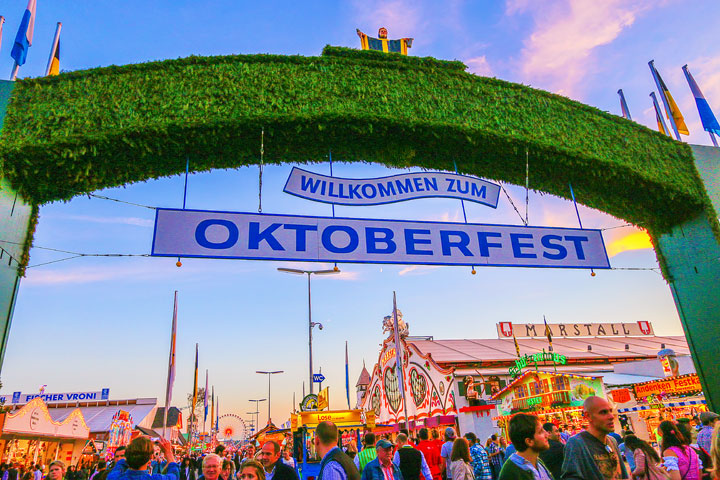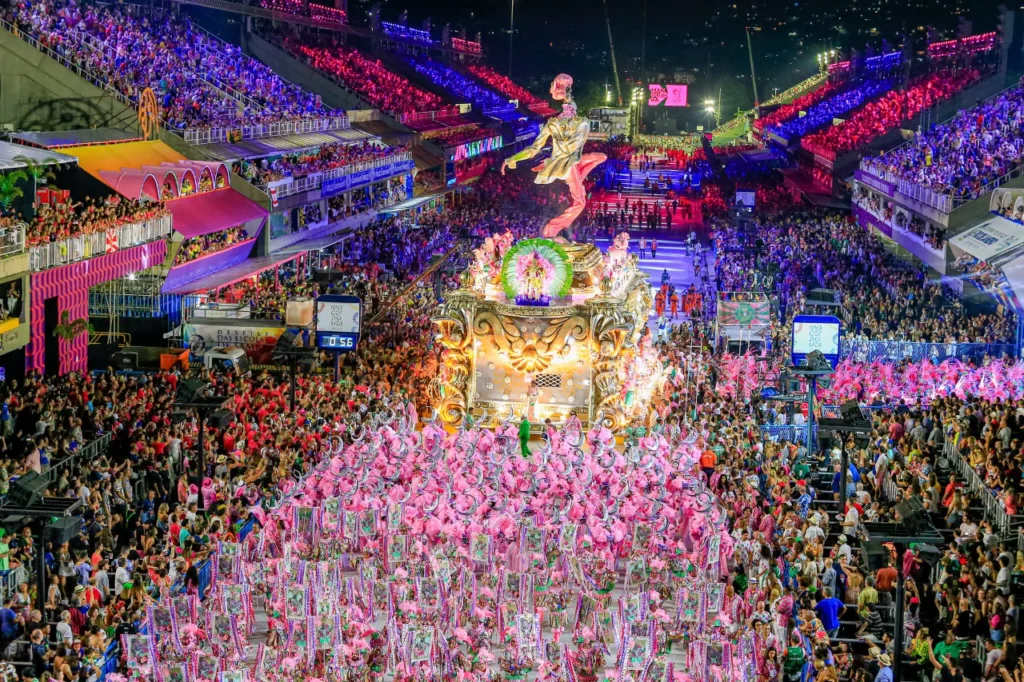Traveling is not just about visiting new places; it’s also about immersing yourself in the vibrant cultures that make each destination unique. One of the most enriching ways to connect with local traditions and celebrate with the community is by attending cultural festivals. These events are much more than just spectacles; they offer an insightful glimpse into a region’s history, art, and way of life. Cultural festivals often feature colorful parades, traditional music, intricate dance performances, and delicious local cuisine, allowing travelers to experience the essence of a place in a truly immersive way. From the lively streets of Rio de Janeiro during Carnival to the serene temples of Kyoto during Cherry Blossom season, cultural festivals around the world present opportunities to engage with diverse traditions and customs. These festivals often reflect the deep-rooted heritage of the communities that celebrate them, making them an invaluable part of the travel experience.
Attending a festival can also be a feast for the senses. Imagine the rhythmic beats of drums and the vibrant colors of traditional costumes in Brazil, or the scent of blooming cherry blossoms mingling with the aroma of Japanese delicacies. Festivals are also a time for storytelling and ritual, with many events rooted in centuries-old traditions and legends. Whether you’re participating in the exhilarating tomato fight of La Tomatina in Spain or savoring the sweet treats of Diwali in India, each festival offers a unique perspective on the culture and values of its host country. These celebrations not only highlight local art and heritage but also foster a sense of unity and joy among people from all walks of life.
If you’ve always dreamed of visiting Mexico, consider planning your trip for the end of October to experience one of the country’s most vibrant and meaningful celebrations: Día de los Muertos (Day of the Dead). This heartfelt festival, which begins on October 31st and lasts for a week, is a profound and joyous occasion that intertwines indigenous traditions with Catholic influences. Día de los Muertos is far more intricate and deeply rooted than many might assume. Its origins stretch back over a millennium, with indigenous practices melding seamlessly with Spanish Catholicism to create a festival that is both spiritually rich and visually spectacular. Each region in Mexico has its own unique way of celebrating this festival, but some of the most renowned festivities take place in Oaxaca and Michoacán.
If you’re passionate about beer, the world’s largest beer festival should definitely be on your bucket list. Oktoberfest, held annually in Munich, is a 16-day extravaganza that attracts more than seven million visitors from around the globe. For over 200 years, this iconic festival has been the centerpiece of Bavarian culture, offering a genuine and exhilarating experience that’s truly unforgettable.
During Oktoberfest, the atmosphere is electric, with beer flowing freely and revelers donning traditional Bavarian attire. Around seven million liters of beer are served each year, typically in large steins delivered by waiters clad in lederhosen and waitresses in dirndl dresses. The festival’s extensive beer selection highlights the rich brewing heritage of Munich and the surrounding region. But Oktoberfest is about more than just beer. The festival also boasts a delectable array of traditional German foods. In addition to savoring hearty wurst (sausages) and giant pretzels, you can indulge in kaiserschmarrn, a delicious shredded pancake dish that’s a favorite among festival-goers. The culinary offerings complement the beer perfectly, making for a feast that’s both satisfying and authentically Bavarian.
Billed as the biggest party on earth, Rio’s Carnaval is an experience unlike any other and certainly not for the faint of heart. This festival, renowned for its vibrant and chaotic energy, embodies the spirit of Brazil’s most dazzling city and attracts millions of visitors each February or March. Historically, Carnaval marked a time of excess and revelry before the solemn period of Lent. For ten days, Rio de Janeiro transforms into a whirlwind of color and excitement. Expect to be swept up in a kaleidoscope of parades featuring elaborate floats and costumes, with samba dancers moving to the rhythm of pulsating drum beats. The festival is divided into three main components: the grand parades, exclusive balls, and lively street parties.
The parades are the festival’s centerpiece, showcasing samba schools that compete with extravagant floats and intricate costumes. These performances are held in the Sambadrome, a specially designed venue that provides a spectacular view of the colorful spectacle. The paid-for balls, another highlight of Carnaval, offer a chance to witness and partake in some of the most opulent and creative costumes of the festival.
If Carnaval is South America’s wildest street party, Mardi Gras is the North American equivalent, capturing the spirit of revelry and excess before the solemnity of Lent. Mardi Gras, which translates to “Fat Tuesday” in French, is all about indulging in rich, fatty foods and celebrating with a flourish before the period of fasting begins. In New Orleans, this festival is deeply embedded in the city’s identity and transforms the historic French Quarter into a vibrant celebration. The highlight of Mardi Gras is its dazzling parades, which feature an array of spectacular floats, marching bands, and glittering costumes in a riot of colors. The streets of New Orleans are packed with revelers and spectators, creating an electric atmosphere that pulses with energy and excitement. To truly embrace the Mardi Gras spirit, don a costume—preferably one with plenty of glitter and flair—because nothing stands out more than a tourist in shorts and a T-shirt amidst the extravagant festivities!












